A TRAVEL NEWS ARTICLE ABOUT THE UNITED KINGDOM
'A MANCHESTER MEDLEY'
Manchester is the city where, supposedly, it always rains. It can offer a pop singer or two as well – the Gallagher brothers and Simply Red star, Mick Hucknall are names that immediately spring to mind – but its new-found status rests as much with its fine cultural offerings and nightlife. Quite simply, the north’s premier metropolis is a city that sparkles like no other outside the capital.
Here I have to declare an interest. The city is embedded in my psyche. I was born just across the Mersey in Cheshire, and Manchester was where I studied, played and watched cricket and enjoyed student life, although my priorities were not always in that order.

Manchester Town Hall
Returning recently I was struck by how much the city has changed in appearance, but not in character. While some of the buildings that made Manchester – notably the Town Hall and Charles Barry’s porticoed City Art Gallery – remain, they have to compete with less auspicious landmarks. There are also times when the city resembles a giant building site.
Over the years, Manchester has been many things to many people. “Dear, old, dull, ugly and smoky” was how the novelist Elisabeth Gaskell described it. L. S. Lowry reflected the same view on canvas.
Although the city is more than 30 miles from the sea, an innovative network of canals enabled it to become in the 19th century the third largest port in the British Empire and the headquarters of the cotton industry. But little is left of this world. The great mills have long since closed, forced out of business by competition from India and the Far East, so the city has needed to reinvent itself. Strangely, the reinvention came in a throwback to the days of king cotton.
The grim back-to-back houses once occupied by the cotton workers became the backdrop for television programmes – and in particular for TV soaps like Coronation Street, which has been successfully wooing viewers for more than half a century.
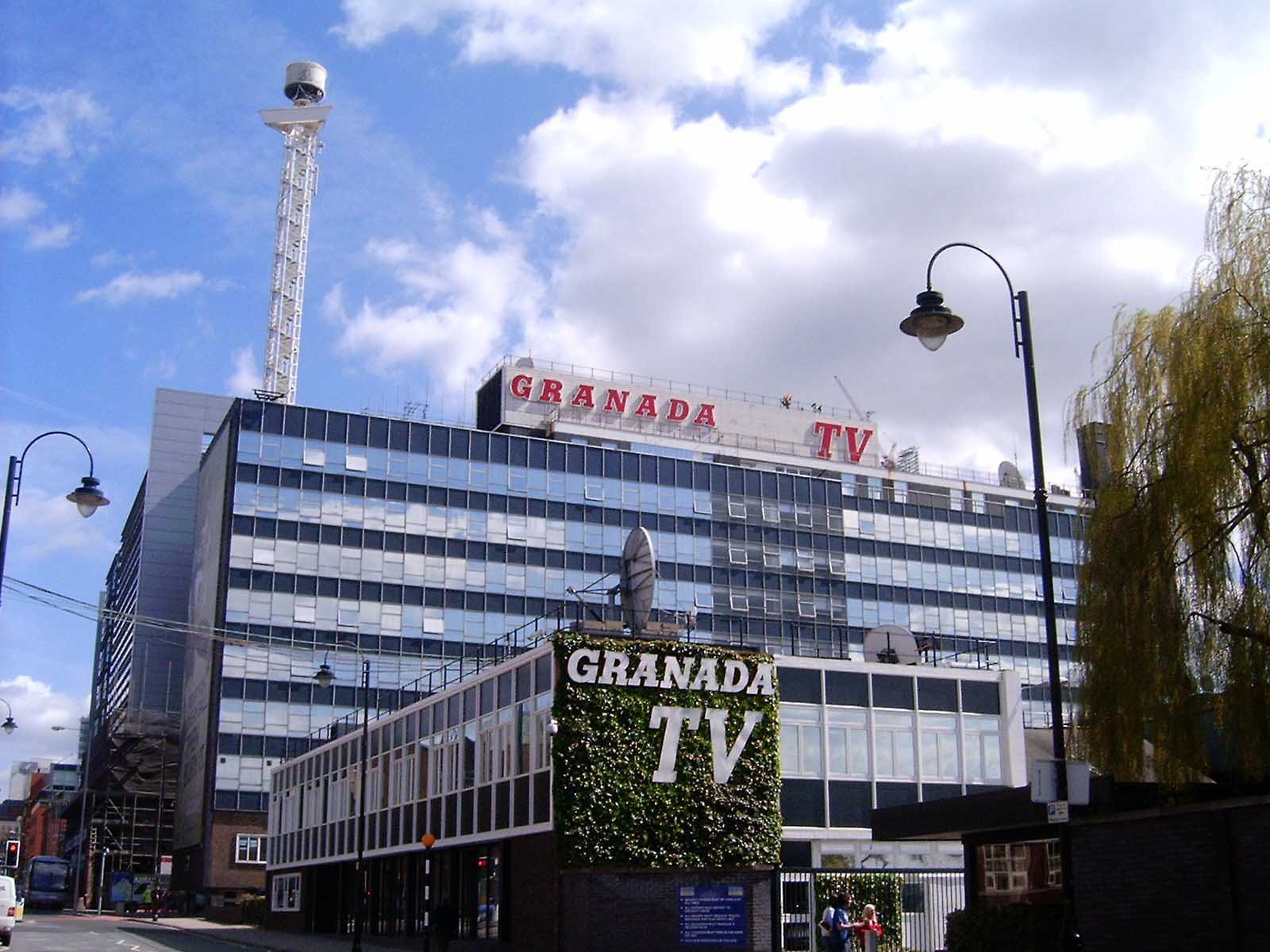
Granada Television
In the slipstream of the television industry, Manchester entrepreneurs, always quick to spot a business opportunity, brought a whole host of visitor attractions. Soap fans were able to go on a Granada Studios tour. Even though Britain’s most famous soap is now filmed elsewhere, around a million visitors a year file through the doors to witness the goings-on at the Rover’s Return and see where the indomitable Ena Sharples once did battle with fellow Coronation Street residents. There are recording studios and TV production companies – the BBC is shortly moving a large part of its production facilities to the renovated Salford Quays.
For my recent visit, I followed friends’ advice and booked into the Malmaison in Piccadilly (www.malmaison.com) – but because of elaborate roadworks in the area I spent a good 15 minutes driving around just trying to find the hotel.
When I eventually arrived I inadvertently entered by way of the Brasserie. No problem. Anticipation is the hallmark of good service. A cheerful waiter picked up my bags and beckoned me to follow him, whisking me down a corridor to reception. The gesture was concrete evidence of Malmaison’s claim to offer good service alongside its stylish accommodation.

The Reception Area
The rapidly expanding Malmaison chain takes its name from the original home of Napoleon and Josephine, west of Paris, which was seen as being an icon of style.
My room was certainly stylish with accoutrements to match – plenty of storage space, a flat-screen TV and in the ultra modern bathroom sufficient fluffy towels, perfumed soap and enough high grade shampoo, conditioner and body lotion to keep the most demanding fashion model happy. If I had a criticism about the room it was that it was a little devoid of natural light.
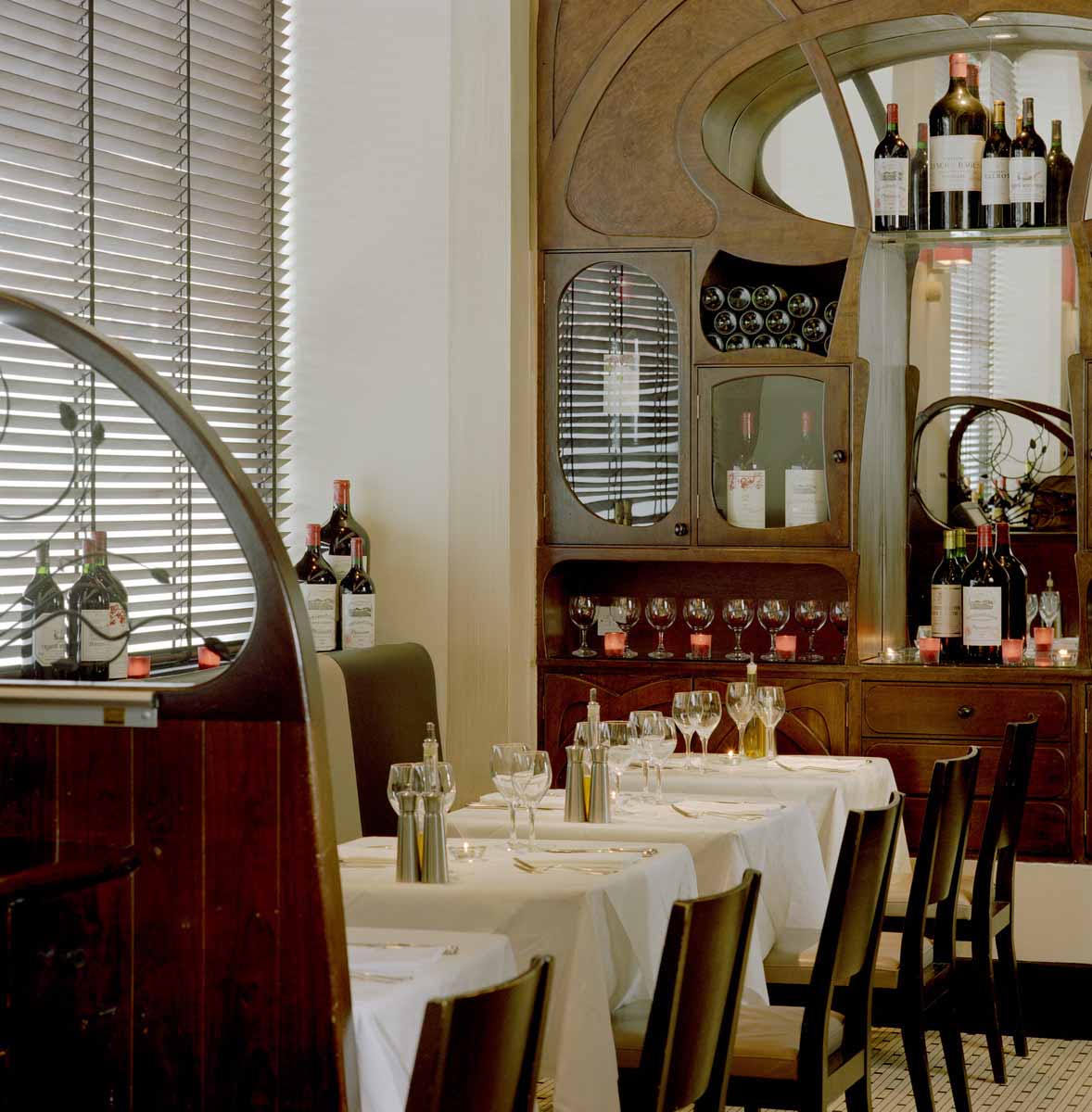
The Brasserie
And the food certainly didn’t disappoint. In the Brasserie the two-course set dinner of creamy cauliflower soup and pan-fried trout offered good value at £15 and at breakfast the perfectly cooked eggs benedict exceeded expectation.
I would like to have spent more time enjoying what the Malmaison had to offer, the spa and small gym perhaps, but was anxious to take a trip down memory lane. I wandered down Piccadilly, Mosley Street and into St Peter’s Square, which might be regarded as the centre of the city.
And for all Manchester’s reputation as a centre for pop culture, its Victorian legacy is still very much in evidence, not least in the Gothic masterpiece that is the Town Hall. This outstanding building designed by Alfred Waterhouse, who was also responsible for the Natural History Museum in London, was built in 1877 for the then princely sum of £1 million. With its Big Ben-inspired clock, it is the nearest thing there is to a Parliament of the North.
Another Gothic revival building is the John Rylands Library in Deansgate, which, with its rare medieval manuscripts, early European printing exhibits and personal papers of Elizabeth Gaskell, John Dulton and John Wesley, is a research establishment with a worldwide reputation.
The city centre can be explored easily on foot, but to discover the rejuvenated Salford Quays area it’s best to take the Eccles line of the Metrolink tram system – a cheap and efficient means of getting around that gives the place an almost continental feel. Salford Quays is an interesting mix of modern housing, hotels, bars and restaurants in a waterside setting. Here, too, you’ll find the Imperial War Museum of the North and the Lowry Museum, which has more than 400 paintings by the iconic ‘matchstick men’ painter.
Before leaving, I thought I needed to sample at least something of Manchester’s famed nightlife. There’s an amazing collection of restaurants in the city, covering all tastes, particularly in Chinatown and along the garish neon-lit Curry Mile in Rusholme and because there are so many, competition is great and prices reasonable.
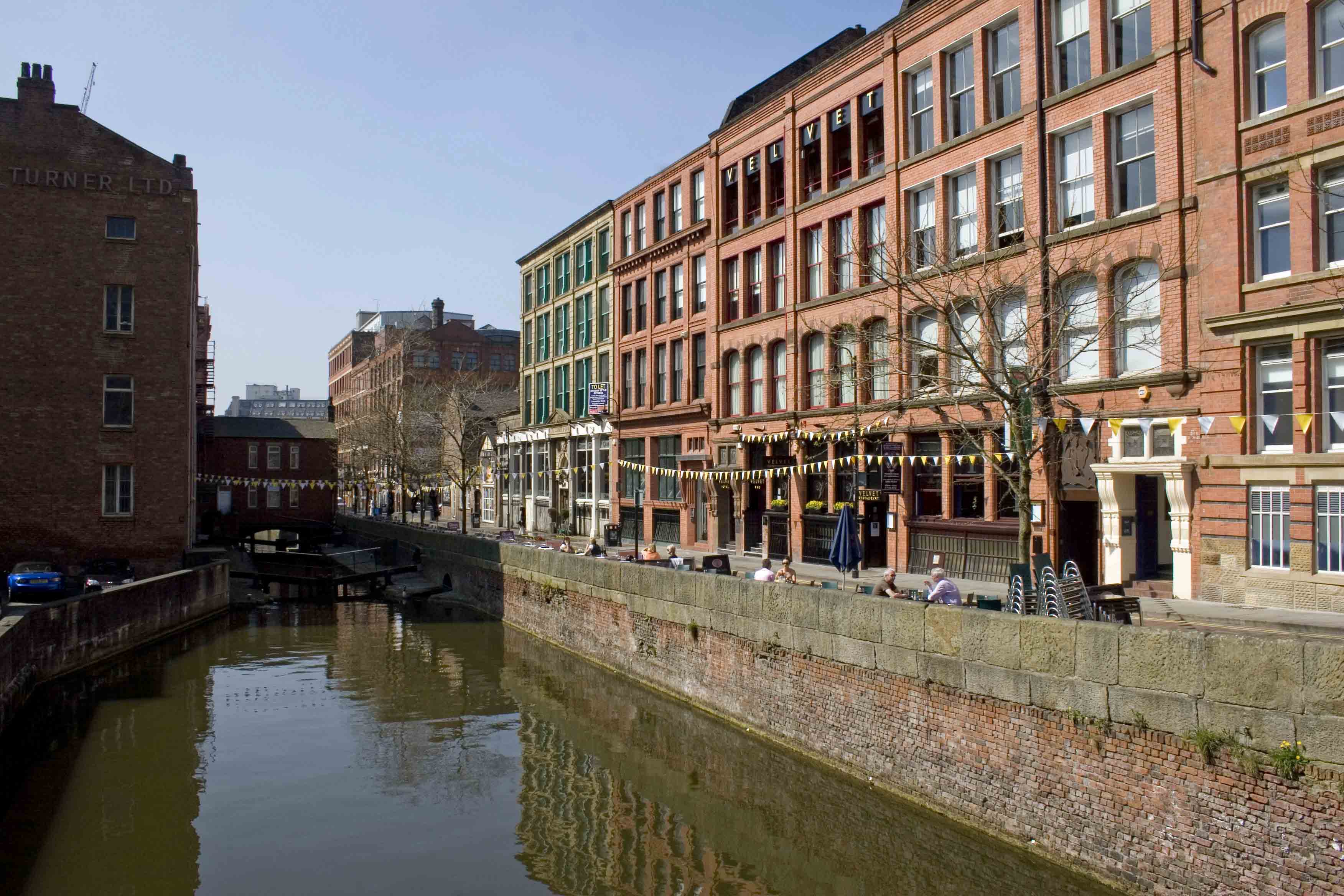
Canal Street
Canal Street is the heart of Manchester’s Gay Village, popularised in the Queer As Folk TV series. A huge throng had gathered outside Bar Med. “What’s going on?” I inquired of a youth in a gaudy ‘Glad to be in MANchester’ T-shirt, thinking there might be a celebrity inside. “What’s going on?” he repeated, in disbelief. “Friday night, that’s what’s going on.” It may be the gay area, but Canal Street’s clientele is thoroughly eclectic. In typical Manchester tradition, people are welcoming and friendly to all comers.
And in case you want to know, yes, it did rain during my visit to Manchester. But somehow it didn’t seem to matter.
Visit www.malmaison.com for Malmaison room rates.
For more information on Manchester visit www.marketingmanchester.com.
You may also like to read
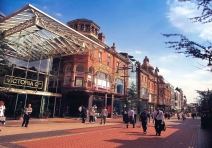
UNITED KINGDOM, LEEDS
Tour-smart introduces you to the reincarnated northern English City of Leeds in Yorkshire.
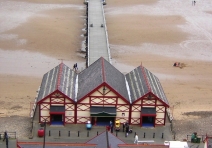
UNITED KINGDOM - JET BLACK & BEAUTIFUL
Tour-smart's Editor takes us to the 'Dark Side' and finds it shiny and lustrous.
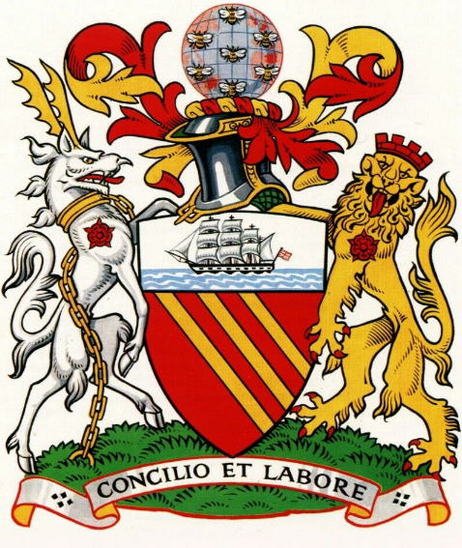

Comments